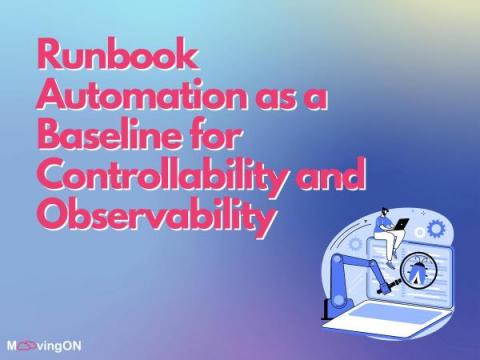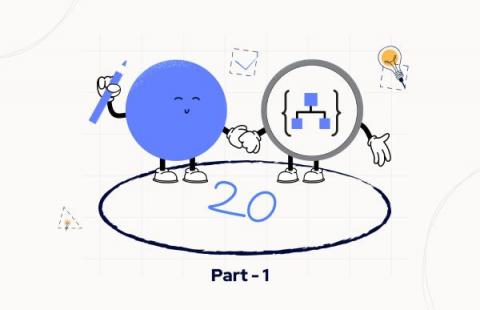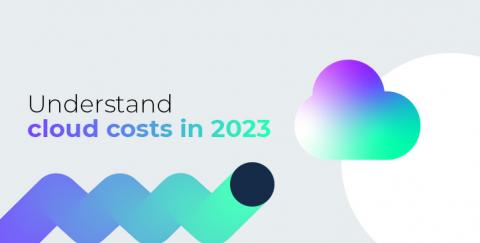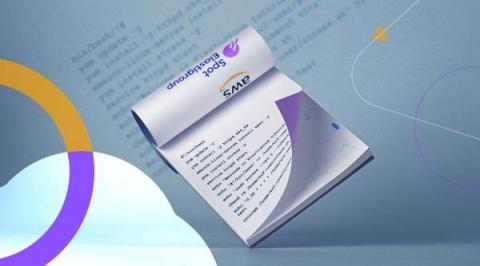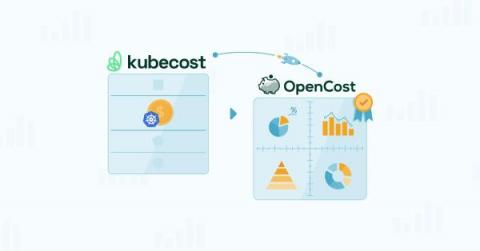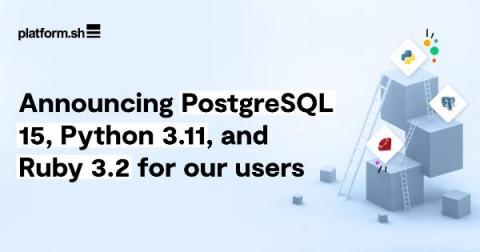On-Premises vs Cloud MDM deployment: Key Differences between them
On-premises vs cloud MDM deployment With the rise of SaaS application management, mobile device management (MDM) services have gained popularity among IT professionals. Modern computing environments rely on the efficient use and provisioning of resources. But which one is right for your business: on-premise or cloud MDM deployment? While this may seem like a simple question, there are many factors that come into play when deciding which method to go with. This article discusses the differences between on-premises vs. cloud MDM deployment. It will also present examples, use cases, and pros and cons of these two deployment options.



